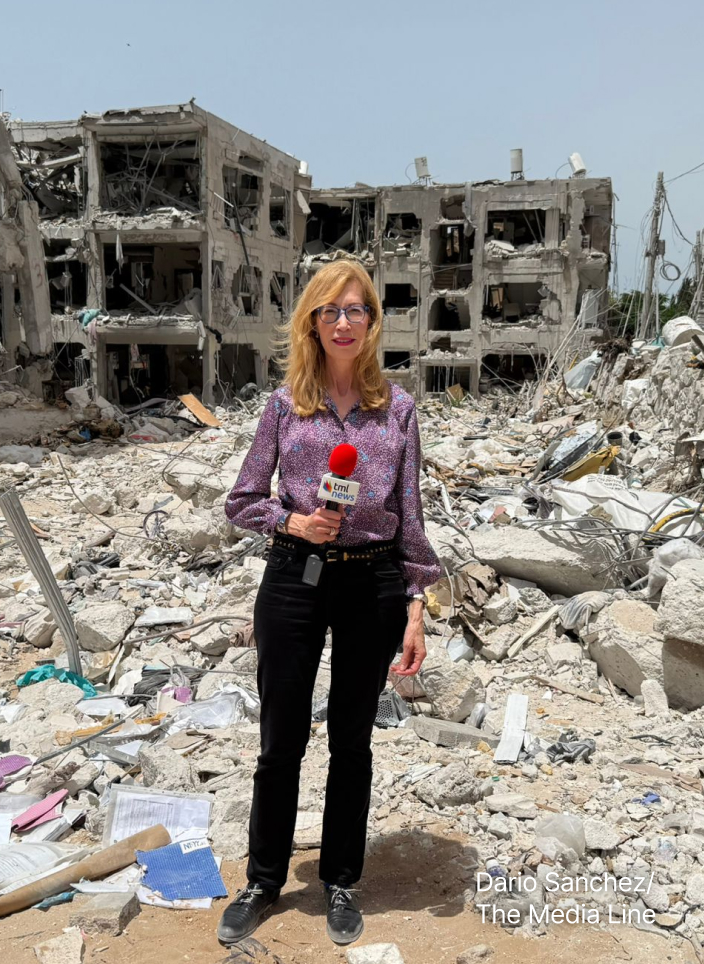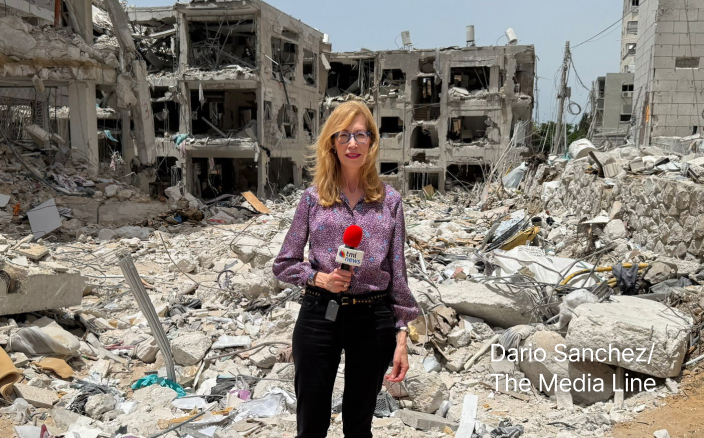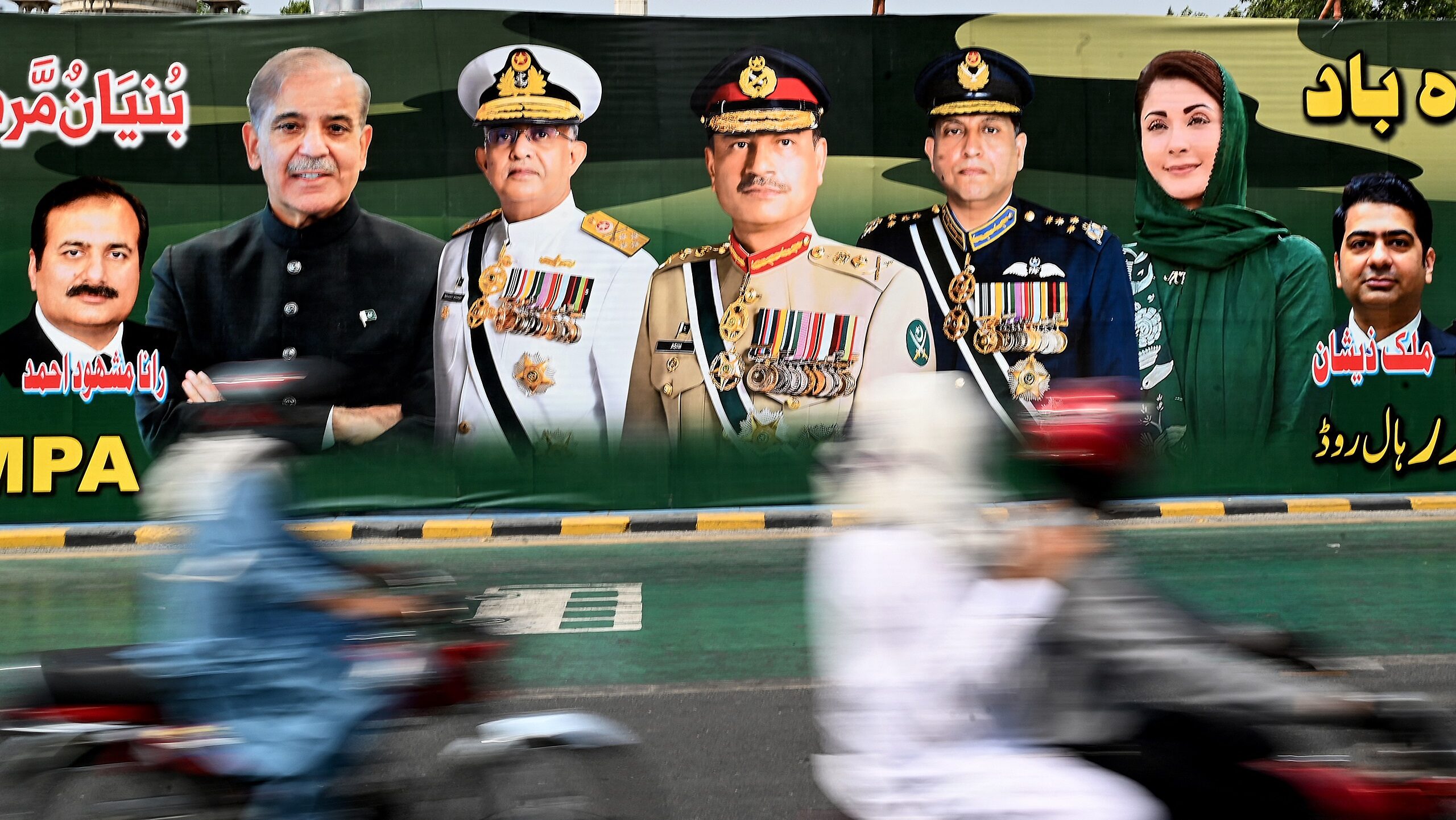Pakistan Unveils New ‘Hot Pursuit’ Policy After North Waziristan Attack
Military officials say cross-border infiltrators will now be engaged without delay, reflecting a shift in Islamabad’s counterterrorism doctrine
The Pakistan Army said Friday, July 4, it killed 30 Tehrik-i-Taliban Pakistan (TTP) fighters who tried to slip across the Afghan border into North Waziristan, less than a week after a suicide car bombing in the same district killed at least 13 soldiers and wounded 29 people. Troops and drones tracked the infiltrators near the Khaddi crossing and “recovered a large cache of weapons, ammunition, and explosives,” according to Inter-Services Public Relations (ISPR), the army’s media wing.
Field Marshal Asim Munir, the army chief, said the strike showed that “all facilitators, abettors, and perpetrators of terrorism will be relentlessly hunted down and brought to justice—without exception and regardless of the cost.” ISPR again alleged the militants were acting as Indian proxies, a claim the Indian Ministry of External Affairs dismissed as “baseless.”
Military officials described the July 4 clash as a defensive strike based on real-time surveillance. A senior officer in Peshawar told The Media Line that the army’s current rules of engagement allow for “immediate response to cross-border threats, even if that means firing across or briefly entering Afghan territory.” Analysts say the posture amounts to a de facto “hot pursuit” doctrine.
Any direct engagement inside Afghan territory could trigger serious escalation with the Taliban regime
Sajjad Azhar, a Rawalpindi-based geostrategic analyst, told The Media Line that labeling the TTP an Indian proxy helps Pakistan justify expanded military operations. “It allows Islamabad to portray its actions as defensive, warns Kabul about harboring militants, and puts India on the diplomatic back foot,” he said. But Azhar cautioned, “Any direct engagement inside Afghan territory could trigger serious escalation with the Taliban regime,” which has repeatedly denied hosting anti-Pakistan groups.
Farzana Shah, a Peshawar-based defense analyst, told The Media Line that Pakistan’s counterterrorism strategy lacks long-term consistency. “The state reacts strongly only after major attacks. But long-term deterrence needs sustained pressure—diplomatic, military, and informational,” she said. Shah added that any military gains must be reinforced by police enforcement, local governance, and infrastructure investment. “Kinetic operations, often effective in short bursts, are undermined when not followed by long-term stabilization.”
The June 28 suicide blast struck a mine-resistant ambush-protected vehicle clearing the way for a Pakistan Army convoy in Khaddi, near the Afghan frontier. District officials said 13 soldiers were killed, with 29 others injured—including 14 civilians—though military sources later reported the toll may have reached 16.
Usman Khan, a rescue official, told The Media Line that the wounded were rushed to the Combined Military Hospital in Bannu. “Several are still in critical condition, and we fear the toll could rise,” he said. Saeed Ullah Wazir, a local security official, told The Media Line that a curfew had been imposed in the area due to military movements and ongoing operations.
Give the gift of hope
We practice what we preach:
accurate, fearless journalism. But we can't do it alone.
- On the ground in Gaza, Syria, Israel, Egypt, Pakistan, and more
- Our program trained more than 100 journalists
- Calling out fake news and reporting real facts
- On the ground in Gaza, Syria, Israel, Egypt, Pakistan, and more
- Our program trained more than 100 journalists
- Calling out fake news and reporting real facts
Join us.
Support The Media Line. Save democracy.


Several are still in critical condition, and we fear the toll could rise
In the hours after the bombing, the army sealed major roads between Bannu and Miranshah and launched a clearance operation that killed 14 additional TTP fighters. The Hafiz Gul Bahadur faction—an offshoot of the banned TTP that has long operated in North Waziristan—claimed responsibility. Known for recruiting suicide bombers from Afghanistan, the group had previously struck cease-fire deals with the Pakistani state but resumed attacks following the Taliban’s return to power in Kabul in 2021.
North Waziristan has long served as a haven for armed groups, including the TTP, the Haqqani Network, al-Qaida, and Islamic State Khorasan Province (ISKP). Despite a series of military campaigns—Rah-e-Nijat, Zarb-e-Azb, and Radd-ul-Fasaad—the area remains volatile, with curfews, checkpoints, and surveillance a daily reality for residents. Markets operate under the threat of violence, and families displaced by previous fighting have been slow to return.
The geography of the Pakistan-Afghanistan border complicates security efforts. The 2,600-kilometer boundary runs through mountainous terrain with unmarked footpaths and limited infrastructure. Though fencing has been completed in parts of the region, smugglers and fighters frequently breach or bypass it. Afghan nomads and tribal communities continue to cross for seasonal grazing and family visits, defying attempts to enforce a rigid territorial boundary.
No place is safe for these terrorists
Military officials say they are adapting. Surveillance posts now monitor high-altitude routes, and rapid-response teams supported by drones are deployed within minutes. “No place is safe for these terrorists,” Munir said during a recent visit to the region.
Pakistan’s security doctrine shift comes amid deteriorating regional dynamics. According to the Global Terrorism Index 2025, Pakistan experienced a 45% rise in terrorism-related deaths in 2024, with more than 1,000 fatalities, over half linked to the TTP. The index, published by the Institute for Economics and Peace, ranked Pakistan as the second most terrorism-affected country in the world.
The return of the Taliban to power in Afghanistan has emboldened TTP factions and disrupted cross-border cooperation. Hundreds of fighters were freed from Afghan prisons, and peace talks between Islamabad and TTP leaders collapsed. Meanwhile, India’s growing ties with the Taliban—particularly in trade and education—have raised alarm in Islamabad that New Delhi is seeking to expand its influence in the region at Pakistan’s expense.
Kamal Alam, a former research fellow at the Atlantic Council and senior advisor to the Massoud Foundation, told The Media Line that Pakistan’s strategy has failed to evolve with the changing landscape. “The Taliban no longer sees Pakistan as its primary partner. It’s building ties with India, Iran, and China,” he said. He dismissed recent diplomatic gestures—such as upgrading envoys or involving China in talks—as “cosmetic.” With global attention fixed on crises in Gaza, Ukraine, and Iran, Alam said Afghanistan has slipped off the priority list for major powers, leaving Pakistan to manage its challenges alone.
North Waziristan illustrates the toll of this strategic vacuum. Once an agricultural and trade hub, the region now faces chronic insecurity, stalled reconstruction, and economic decline. A World Bank report earlier this year found that conflict had reduced household incomes in Khyber Pakhtunkhwa by over 20% since 2019. Human rights groups report rising numbers of enforced disappearances in districts under military control. ISPR insists all detainees are processed legally, but families often wait months for news.
International observers have raised concerns that Pakistan’s reliance on military action—without a parallel political process—could deepen instability. Western diplomats have privately urged restraint while encouraging dialogue between Islamabad and Kabul.
Yet many in Pakistan’s leadership argue that the status quo is untenable. Interior Minister Mohsin Naqvi told Parliament on July 5 that a new counterterrorism command center would be launched to integrate intelligence and law enforcement. He also pledged to recruit thousands of new police officers and upgrade forensic and emergency response capabilities.
While the long-term effectiveness of Pakistan’s “hot pursuit” strategy remains unclear, analysts say the government has made clear that attacks like the June 28 bombing will be met with swift retaliation. Whether that strategy disrupts militant operations or pushes the conflict further across the border remains to be seen.
Pakistan’s long conflict in its tribal belt is entering a new phase, shaped by regional realignments, internal pressures, and the enduring threat of cross-border violence. In this context, North Waziristan remains a bellwether for the broader struggle to secure Pakistan’s frontier—and its future.

